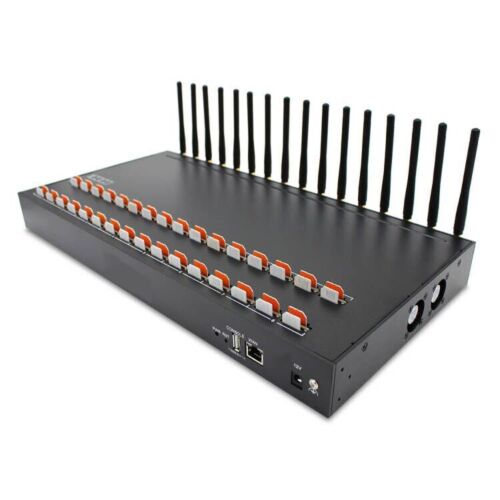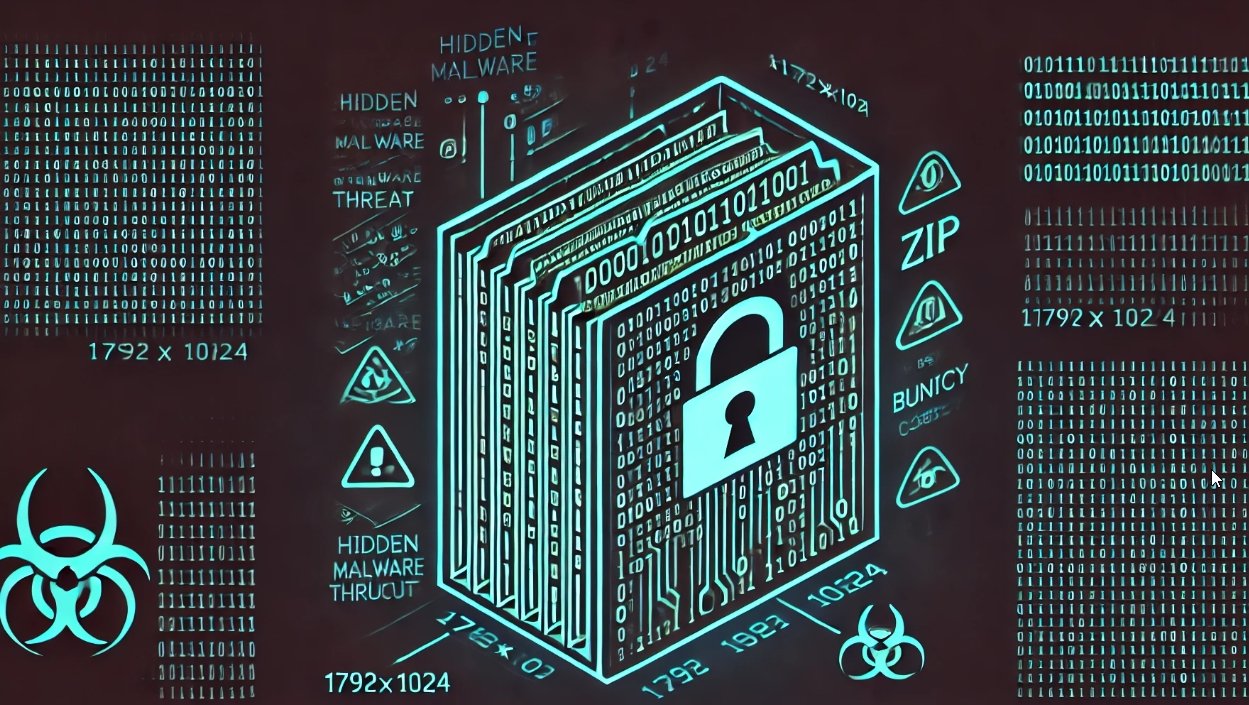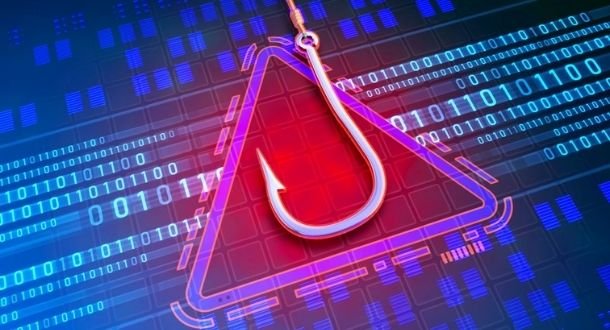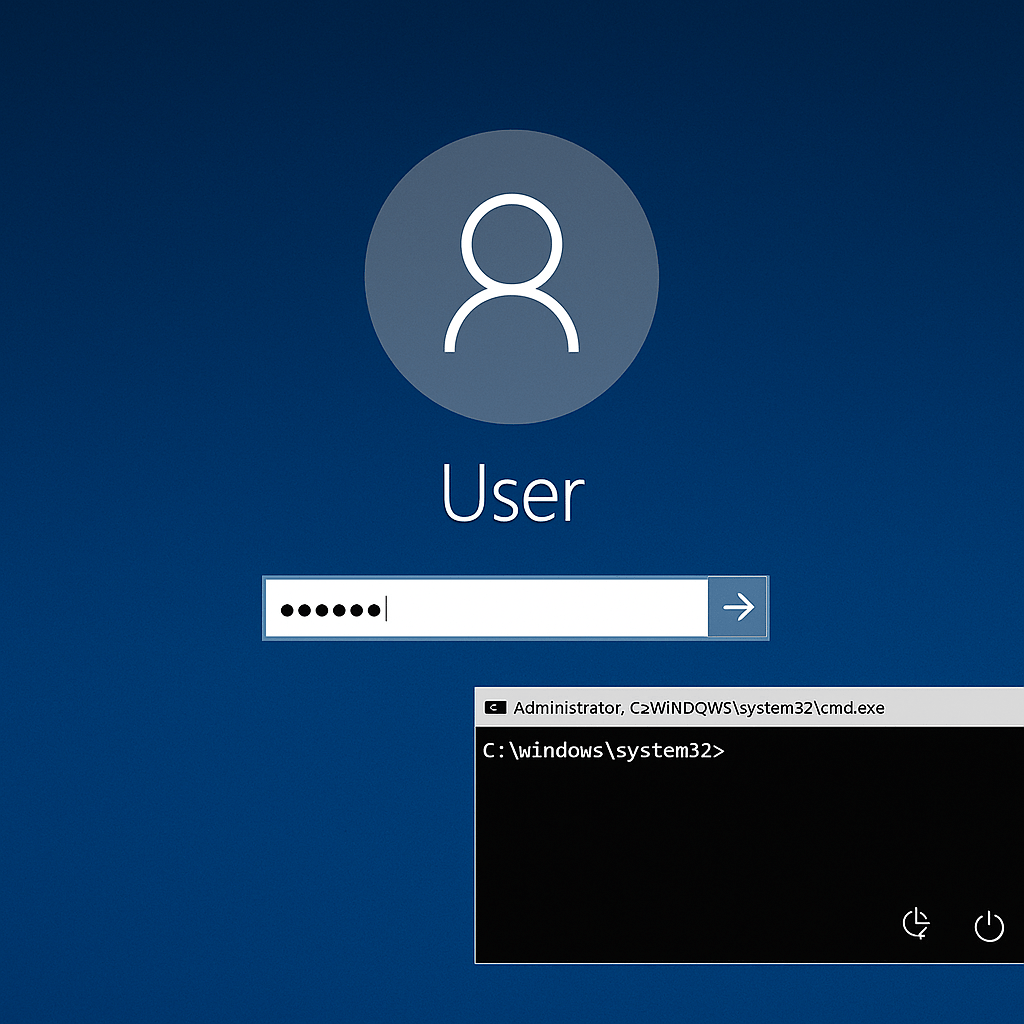Recent advancements in research and live demonstrations have brought to light a critical vulnerability in Microsoft’s BitLocker encryption technology, widely used to safeguard sensitive data. The vulnerability, tracked as CVE-2023-21563 (bitpixie), exposes serious weaknesses in how Windows 11 protects data at rest. Despite multiple efforts from Microsoft to mitigate this flaw, the exploit remains effective, raising alarms for enterprise IT administrators and cybersecurity professionals globally.
Technical Overview of the Exploit
BitLocker, Microsoft’s flagship full-disk encryption solution, relies heavily on Secure Boot and the Trusted Platform Module (TPM) for key management and device integrity. However, this dependency has become a double-edged sword, as the bitpixie vulnerability exploits design weaknesses in these very mechanisms. The attack bypasses full-disk encryption protections and provides attackers with access to sensitive data stored on the drive.
Core Components of the Exploit:
- Secure Boot Manipulation:
- Secure Boot is designed to validate the integrity of the boot process, ensuring only trusted software runs during system startup.
- The bitpixie exploit downgrades the system to load an outdated and vulnerable bootloader, effectively bypassing Secure Boot validations.
- By compromising the bootloader, attackers establish a pathway to inject malicious code during the system’s early startup phases.
- Trusted Platform Module (TPM) Targeting:
- BitLocker leverages TPM to store Full Volume Encryption Keys (FVEK) and ensure they are only released to trusted components.
- By exploiting the downgraded boot process, the attacker retrieves the encryption keys into system memory, bypassing TPM protections.
- The extracted keys can then be accessed using forensic tools or operating systems such as Linux.
- Physical Access Prerequisite:
- The attack requires one-time physical access to the target device. This limitation makes it less practical for opportunistic attackers but poses a severe risk in high-value or targeted environments such as enterprises and government agencies.
Detailed Attack Workflow
Exploit Workflow:
- Bootloader Downgrade:
- The attacker begins by downgrading the bootloader, bypassing Secure Boot validation mechanisms. Secure Boot is designed to ensure only trusted software is executed during system startup.
- Using an older, compromised bootloader version, the attacker enables unauthorized code execution during the boot process.
- Exploitation in Recovery Mode:
- Once the compromised bootloader is executed, the system enters recovery mode. During this process, BitLocker loads the Full Volume Encryption Keys (FVEK) into the system’s working memory (RAM).
- The outdated bootloader fails to secure these encryption keys, effectively “forgetting” to clear them from memory.
- Memory Extraction:
- The attacker boots a customized Linux system using Secure Boot, exploiting a vulnerability in the Linux kernel to access the contents of the RAM.
- The attacker retrieves the encryption keys directly from memory and uses them to decrypt the protected drive.

Network-Based Recovery Mode Exploitation:
- Lambertz demonstrated that an attacker can exploit this flaw remotely by forcing the device into recovery mode and connecting a network cable. Using USB network adapters or PXE boot tools, attackers can extend their control over the compromised system without needing to physically open the device.
UEFI Memory Constraints:
- The Unified Extensible Firmware Interface (UEFI) plays a critical role in storing certificates for Secure Boot. However, UEFI’s limited memory space prevents Microsoft from revoking vulnerable bootloader certificates comprehensively.
- Microsoft’s plan to issue new Secure Boot certificates in 2026 is seen as a long-term solution but requires motherboard manufacturers to update UEFI firmware, which adds complexity to the mitigation process.
Challenges in Mitigation
Despite Microsoft releasing patches for CVE-2023-21563 in November 2022, the exploit remains viable due to the inherent challenges in patching hardware-level vulnerabilities:
- Downgrade Attacks:
- The vulnerability persists as attackers can revert bootloaders to outdated versions where the exploit remains effective.
- These downgrade attacks exploit gaps in firmware or bootloader version enforcement.
- Complexity of Secure Boot:
- Secure Boot relies on a chain of trust across multiple components (e.g., firmware, bootloaders, operating systems), making it difficult to patch all potential vulnerabilities without significant architectural changes.
- Dependence on TPM:
- TPM, while robust, is not immune to attacks targeting its interface or bypassing its protections via manipulated software stacks.
Impact Assessment
- Consumer Devices:
- For individual users, the requirement for physical access reduces the practicality of the attack. However, high-profile individuals, journalists, or dissidents using BitLocker as their primary encryption solution remain at risk.
- Enterprise Environments:
- The exploit poses a severe threat to organizations relying on BitLocker for fleet encryption. Devices with default configurations, where no additional PINs or passwords are required, are especially vulnerable.
- Attackers gaining access to a single compromised machine could extract sensitive corporate data, leading to potential large-scale data breaches.
Recommendations for Mitigation
- Reinforce Device-Level Security:
- Physical Security: Ensure physical access to devices is strictly controlled, particularly in enterprise environments.
- Firmware Updates: Regularly update firmware and bootloader components to the latest versions to reduce the risk of downgrade attacks.
- Enhance BitLocker Configurations:
- Enable Additional Authentication: Require users to enter a PIN or password in addition to standard credentials to unlock BitLocker-protected drives.
- Disable Auto-Unseal: Avoid configurations where BitLocker volumes are automatically decrypted during the boot process.
- Adopt Defense-in-Depth Strategies:
- Consider alternative or supplementary encryption solutions that add additional layers of security beyond BitLocker.
- Utilize endpoint detection and response (EDR) solutions capable of detecting abnormal bootloader or firmware activities.
- Educate and Train IT Teams:
- Ensure enterprise IT teams are aware of this vulnerability and the necessity of enforcing strong encryption policies and secure boot practices.
- Include physical security protocols as part of cybersecurity training.
- Monitor and Audit Devices:
- Conduct regular audits of device configurations to ensure they meet security baselines.
- Implement logging and monitoring solutions that can alert administrators to unauthorized firmware downgrades or suspicious boot processes.
Technical Insights for the Cybersecurity Community
- Secure Boot’s Limitations:
- Secure Boot’s reliance on firmware and bootloader integrity checks creates a single point of failure when an attacker successfully bypasses these mechanisms.
- Persistent Threat of Downgrade Attacks:
- This exploit underscores the importance of version control and firmware attestation to prevent attackers from using outdated, vulnerable components.
- Future Research Directions:
- Developing hardware-based attestation mechanisms to detect unauthorized bootloader modifications in real-time.
- Implementing more robust isolation for TPM operations to mitigate the impact of boot-level compromises.
The persistence of the bitpixie vulnerability (CVE-2023-21563) in BitLocker underscores the complexity of securing full-disk encryption technologies. As attackers refine techniques to exploit these weaknesses, the cybersecurity community must adopt proactive measures to mitigate risks.
While physical access requirements may limit the exploit’s scope, its implications for high-value enterprise systems are profound. Moving forward, organizations must implement a combination of hardware-level protections, advanced monitoring, and user awareness to address this evolving threat landscape.
The cybersecurity community is urged to stay vigilant and continuously improve defenses against sophisticated, multi-layered attacks on encryption technologies.

Information security specialist, currently working as risk infrastructure specialist & investigator.
15 years of experience in risk and control process, security audit support, business continuity design and support, workgroup management and information security standards.










